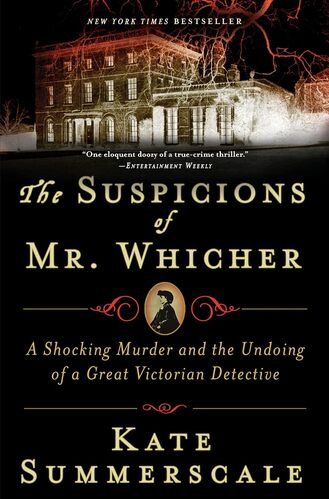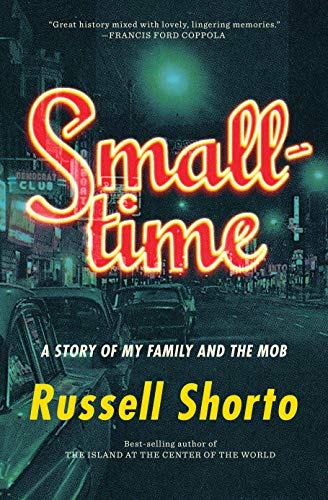 This is one of those true crime books I recommend reading alongside something else. Not because the stories included in “American Murder Houses” is particularly gruesome or detailed, but because it’s just not that engaging otherwise. I’m not saying that the selected houses aren’t worth talking about, some are genuinely interesting and I learned a lot about the lore surrounding places that have since become legend (like the Amityville House and The Gardette-LaPrete House). And while most of the houses are famous either because of the serial killer who lived there, or the fame the murders themselves garnered (either because of the celebrities involved or the media circus around the crime) the selection of the homes and crimes included was… odd. Meaning, the house itself was an afterthought and not really involved in the crime the way you’d expect from “murder houses”.
2 Comments
 I’ve always been fascinated by true crime. Lately I’ve been so enmeshed in modern crimes that it was interesting to step back in time and read about a grisly Victorian era murder that sparked the craze of the “detective” and the amateur sleuth—something that continues today and is far more embraced than it was in the 1860’s. The author takes a deep dive into this well to-do family that wakes up one morning to find that someone within the household has murdered a three-year-old little boy. Perhaps the deep-dive was a bit too deep into tangential topics at times, but I really enjoyed seeing how the murder of little Saville sparked a fascination that is still raging today.  I like T.J. English’s work when it comes to mafia/gangster histories, he’s become a go-to for me when my true crime itch has me turning to organized crime. He always does a thorough job with research and has a great ability to take information that spans decades and tie it together through the people and groups to craft a surprisingly linear “story”, if you will. But this is hardly the “untold” history of the Irish American Gangster. It is, however, a very dense complete history of the organization that took me over a month to finally finish reading.  “Small-time” is the story of the smaller operations of the mob. Not the big New York families we’ve all seen the documentaries for, but the smaller organizations in the little towns. Mostly centered on gambling operations as well. Sure, these arms of the mob would report back to the bigger organizations, but they ran things primarily on their own. It sounds really intriguing, right? To get that closer look at a side of the mob rarely talked about, and from an almost first-hand perspective from someone who lived it! What could be better? Except that this family memoir delivered more on the family drama, than the involvement with the mob.  I’m going to keep this review short because, with any non-fiction book, talking about the contents of history or someone’s life isn’t really the purpose of a book review, at least not to me. I will say that I have never watched shows like iCarly even though I knew what they were and the cultural phenomenon they were for early Nickelodeon. I didn’t know who this actor-turned-author was. However, her memoir was one that kept getting recommended and, let’s face it, the book’s title did overtime in terms of getting people interested in the contents (and the media to maybe over sensationalize it). In the memoir, McCurdy tells of her time not only as a child actor, but her… unique home life in a hoarder house with an abusive mom, though as a child, she didn’t see the abuse for what it was at the time. |
Click the book images to see them on Amazon!
Categories
All
|






 RSS Feed
RSS Feed



















